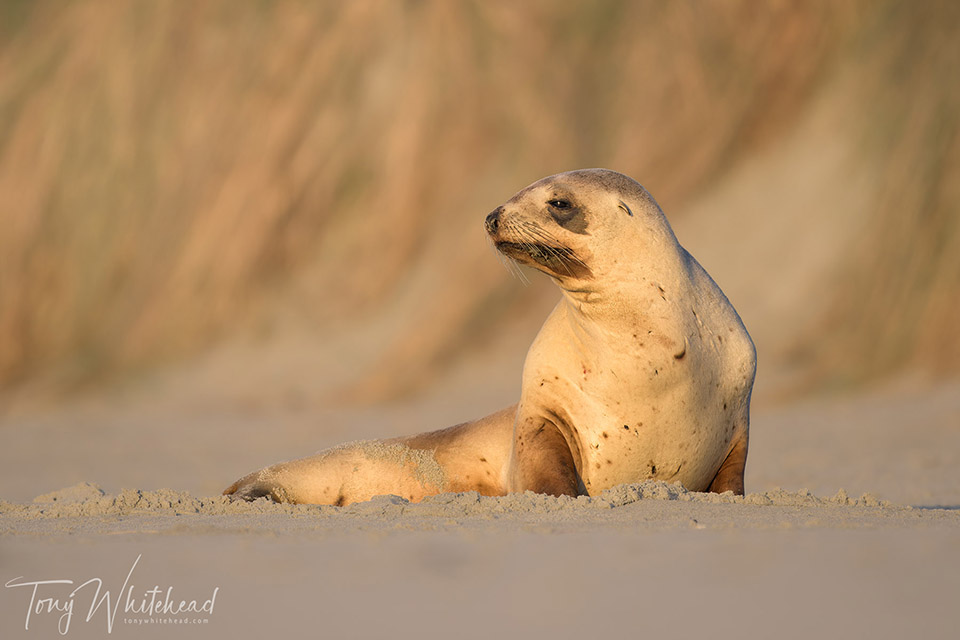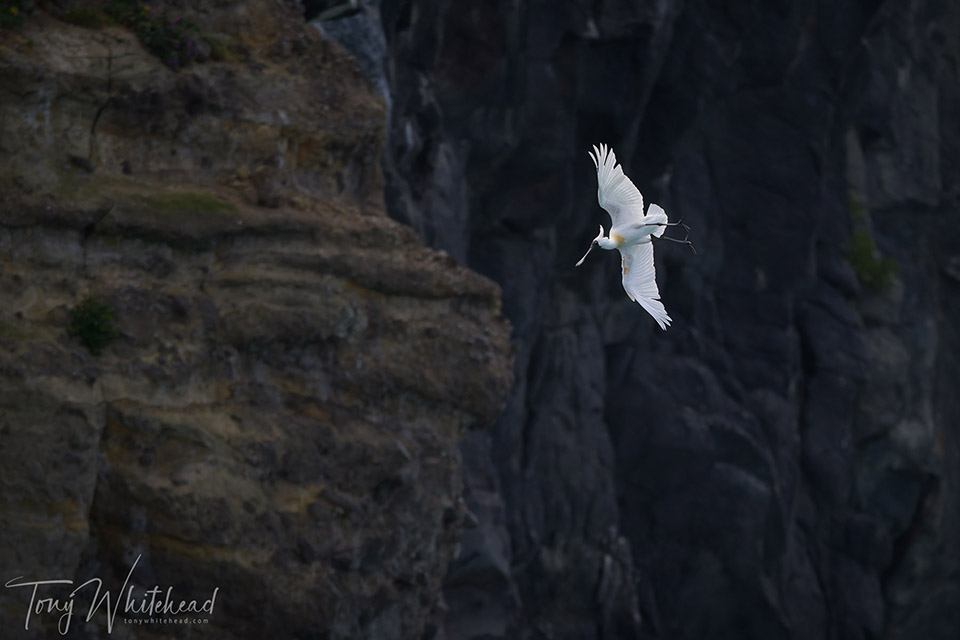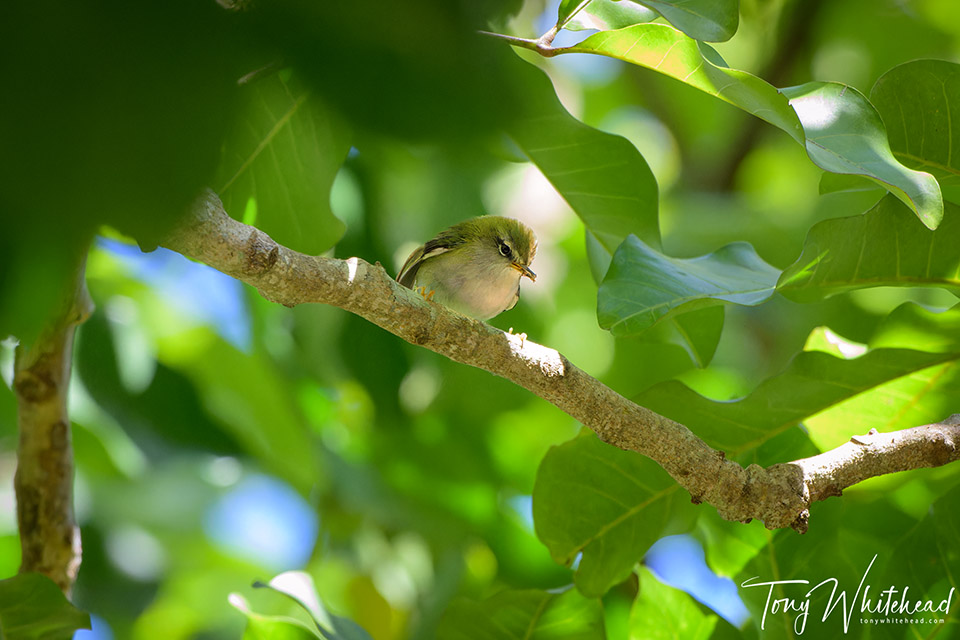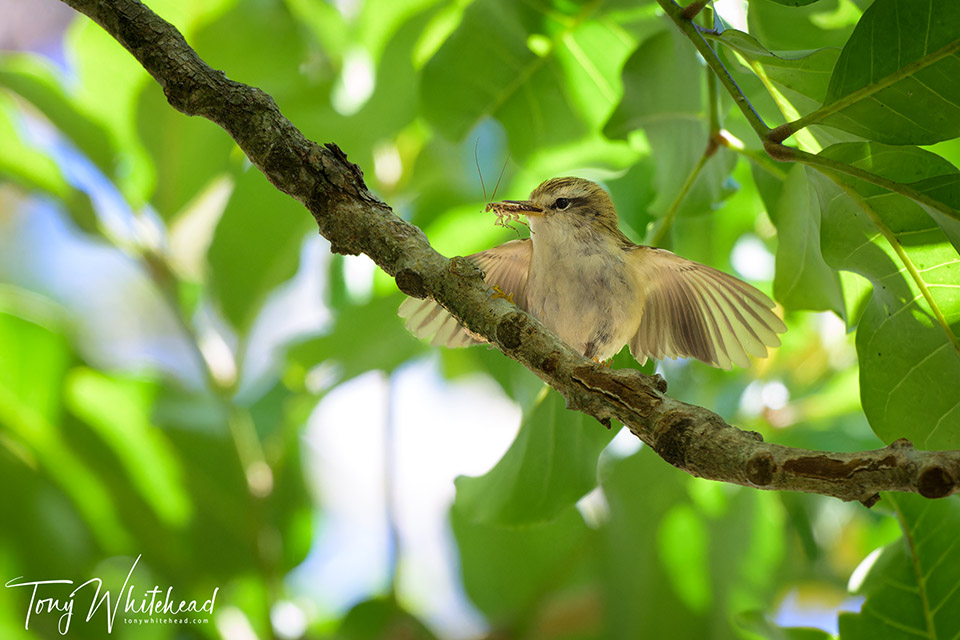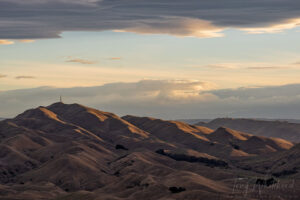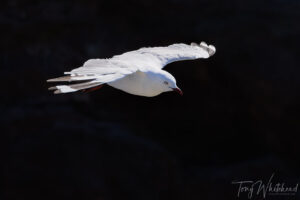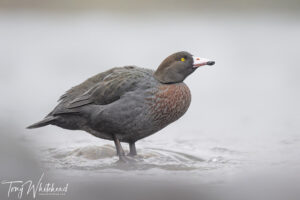Camera firmware versions are a relatively new concept in photography. Some camera manufacturer are more generous than others and some seem to force users to purchase a new camera when firmware upgrades could achieve similar progress. Living in the Nikon world my experience with the Z9 is largely what I can speak to. Upgrades to my D500 and D850 were largely compatibility upgrades for new lenses or memory card formats but the Nikon Z9 has evolved from a very capable camera to one even more capable with each firmware upgrade. Firmware version 4.1 has been the biggest leap forward for me as a bird photographer.
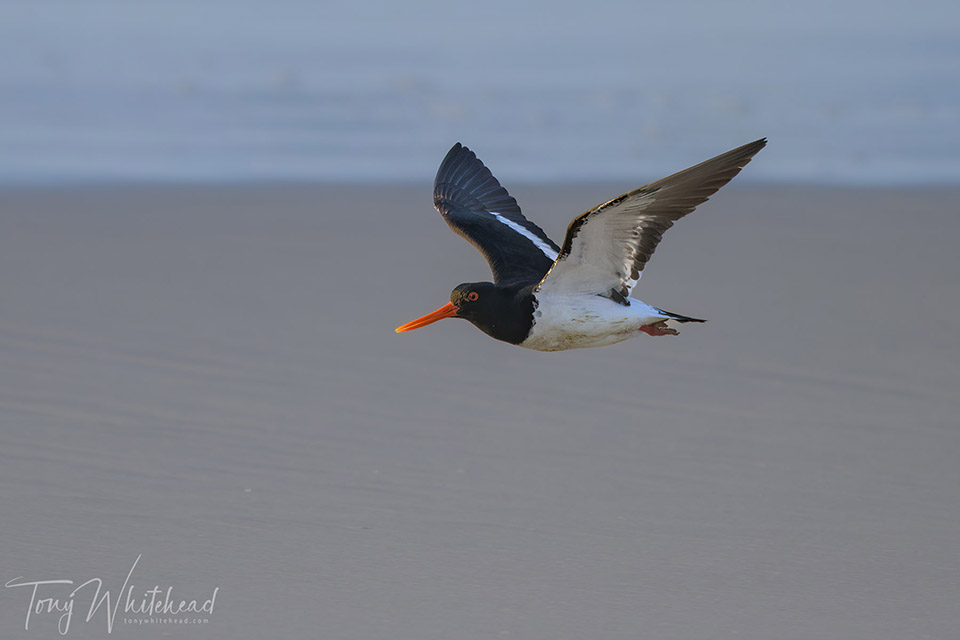
Previously selectable subject recognition targets included people, animals and vehicles. Firmware version 4.1 has added birds as a specific subject. Animal detection always seemed to work well on birds but could struggle with long necked birds and would quite often find animal shapes and eyes in the scene where they did not exist. To combat this I usually kept my zone sizes down to wide area small or large so that I could limit the area where the camera was searching for a subject to identify. For small erratic subjects against clean backgrounds I was happier to use wider areas.
First impressions after updating the firmware and using “bird” subject recognition was that birds were detected quicker and eyes located more precisely, especially with long necked birds. It is always hard to be sure as you cannot compare firmware before and after. With this firmware you can go back to “animal” and compare it with “bird” and bird seems significantly better.
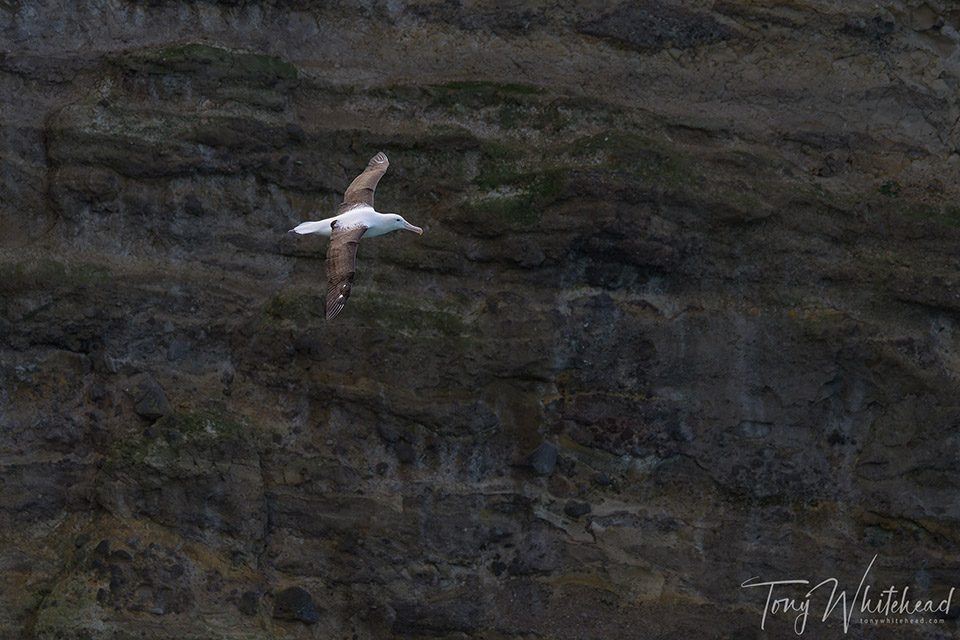
This was highlighted to me when I had been photographing sealions and oystercatchers on the beach in “animal” mode and everything worked smoothly and efficiently found subjects and eye. I then moved to a situation where I was only photographing birds but was still in animal mode. The camera really seemed to be struggling to find the subjects – white birds against a dark textured cliff. Realising my camera was still set for the morning session on animals I switched over to bird mode and immediately my camera started to work as I was now used to it working for birds.
Subsequent work has shown it to be much better at identifying bird shapes and eyes in busy surroundings to the point that I am now much more comfortable using wider areas and feeling confident that the camera can identify the subject I want. My “new” Nikon Z9 is a far better camera for what I do than my “old” one.
This was brought home to me when working on the beach in difficult harsh and rainy conditions. Recently I have wondered what I would do if my Z9 died? Would I want another or would a lighter, more compact Nikon Z8 do the job? Up until now it would have been a more difficult decision but now there is no choice other than another Z9. It would be too frustrating to work without bird mode!
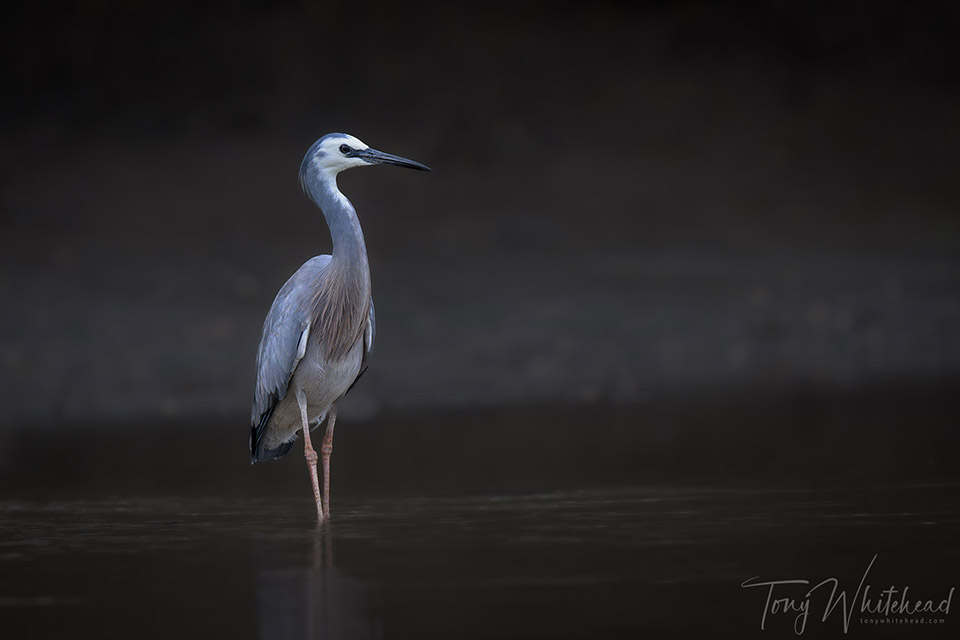
Since initially writing this post, I have had more time using bird subject identification mode and continue to be impressed. Another example where I have noticed a big improvement is in busy bush settings where animal mode struggled to identify birds in busy surroundings. On a recent visit to Tiritiri Matangi, I was lucky to find a pair of tiny Rifleman foraging in the canopy.
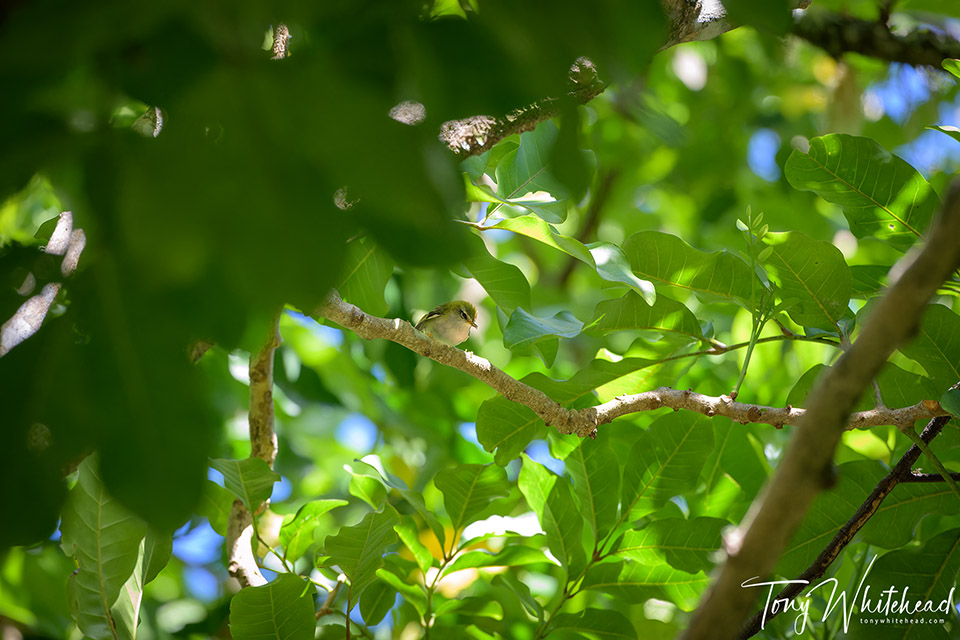
Previously I would have used single point focus to focus on the bird as animal mode would not have recognised a subject this small as a bird and would have jumped to contrasty edges of leaves or background. With bird mode and wide area (small) the Nikon Z9 did an amazing job of tracking this bird and made focus on this small and rapidly moving subject far simpler to achieve accurately.
Rifleman are challenging at the best of times but this update makes things significantly easier. I was able to follow and quickly lock and track focus as they foraged. It was intriguing to see how efficient they were and the variety of prey items they found.
Photos with Nikon Z9 and Nikkor Z 180-600mm f5.6-6.3 apart from White-faced heron with Nikkor Z 800mm f6.3 VR S
